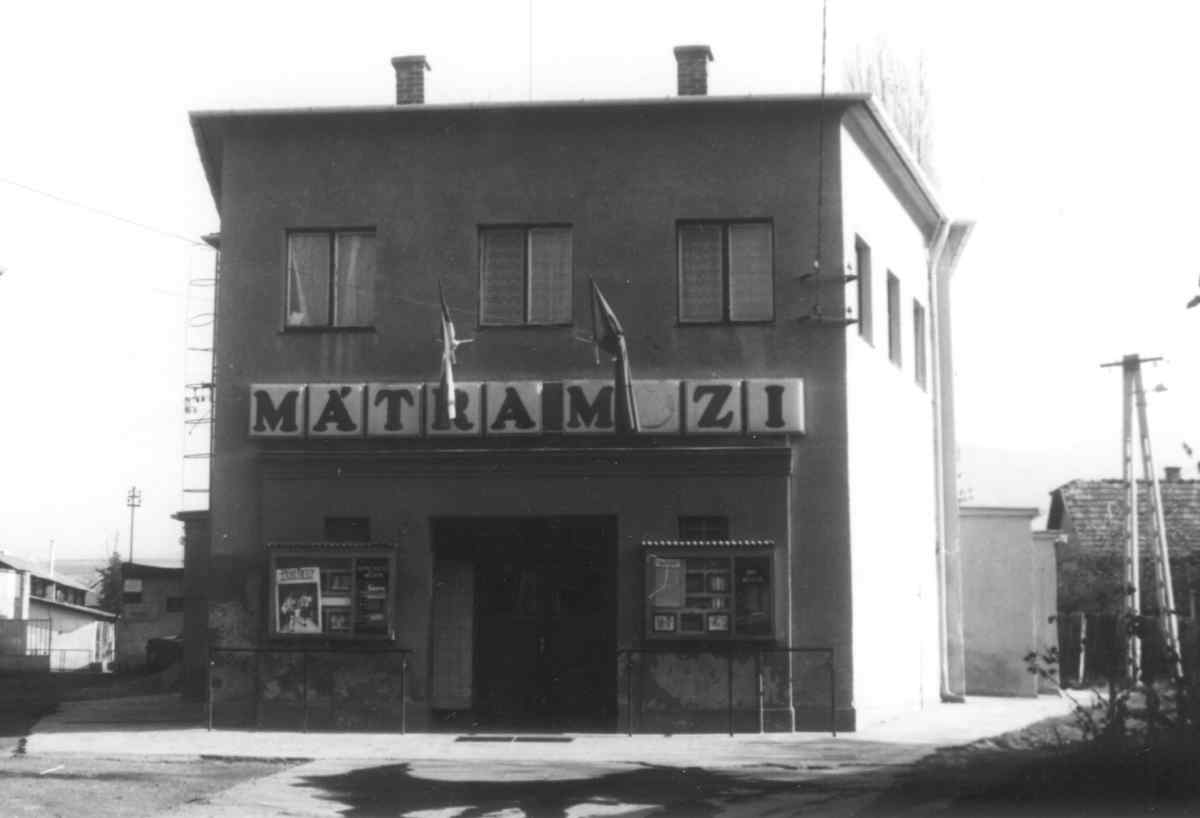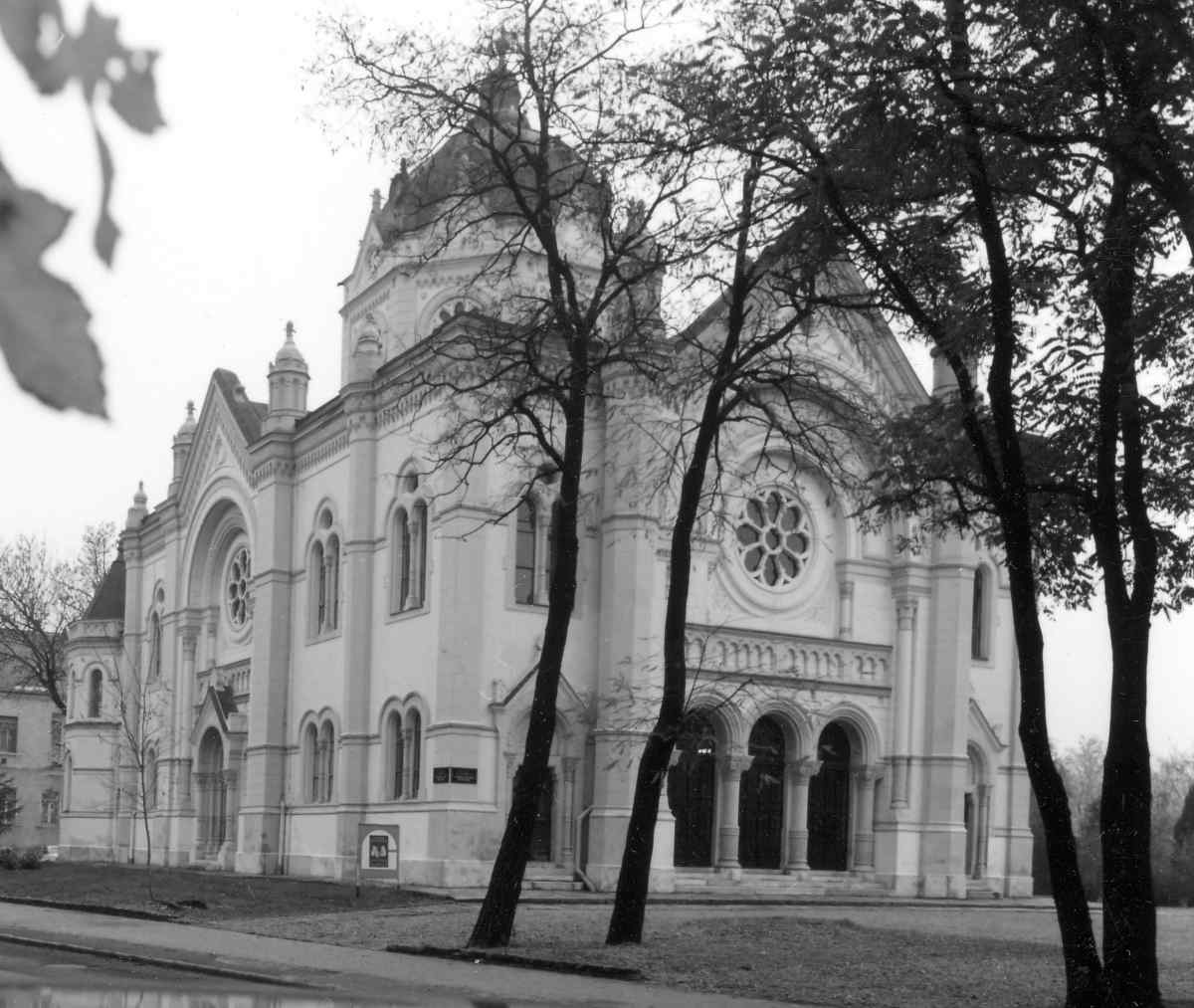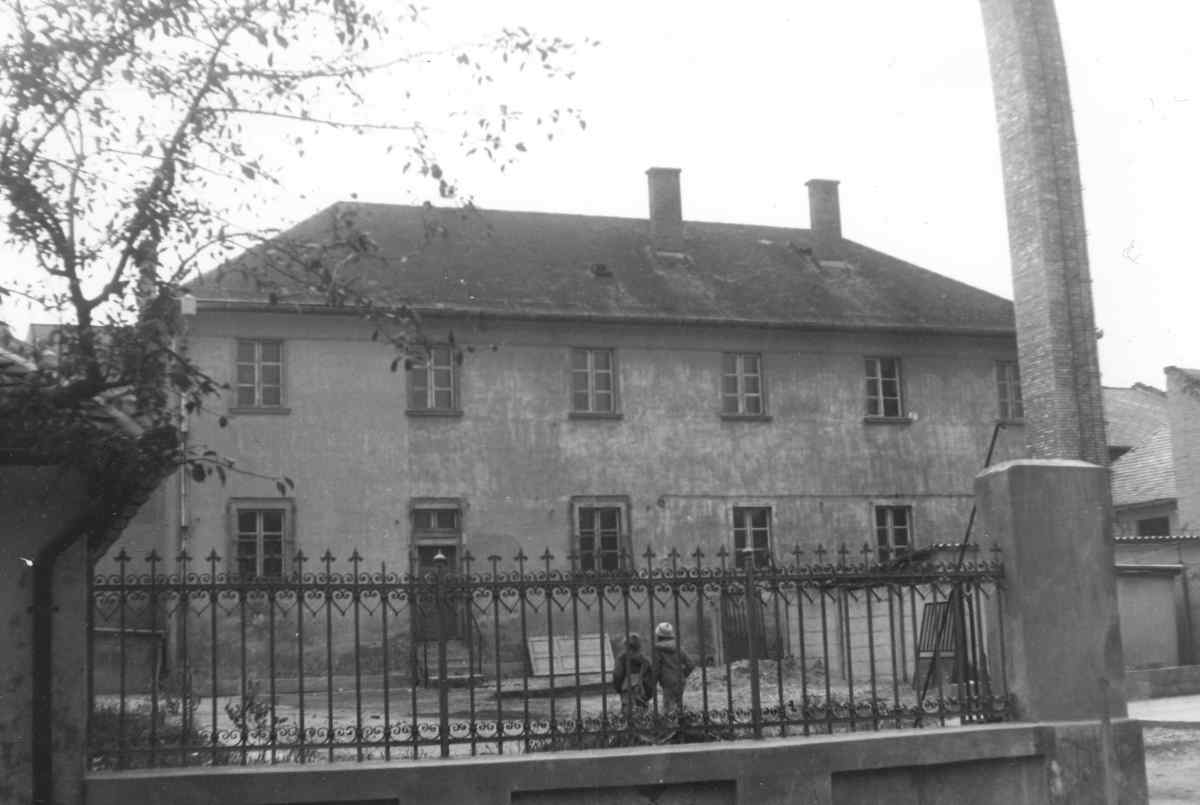Rebuilding
Hungarian Synagogues, Prayer Houses, Prayer Rooms 1980–87




Kulturális Örökségvédelmi Hivatal / National Office of Cultural Heritage
Rebuilding – Hungarian Synagogues, Prayer Houses, Prayer Rooms 1980–87, an exhibition of selected photographs by Dr. Anikó Gazda, presents the late researcher’s findings on how the places of worship of Judaism looked like in Hungary during the 1980s. During her painfully short life Anikó Gazda created, almost as a by-product of her extensive survey of settlement-structures, her map of Hungarian synagogues: one of the most remarkable achievements of the period in Central-Europe. Her camera memorialized the ephemeral architectural memories of an ephemeral community.
Out of 354 synagogues that existed before World War II, in 1987 Anikó Gazda found only seventy-two in their original state both inside and out. In 2004 there are only forty-seven of them left. They are all registered national architectural heritage buildings—but most of them not in the service of the diminished Jewish community.
Where have the synagogues gone? And where have the less impressive prayer houses and prayer rooms gone? They have been turned into apartments, museums, galleries, furniture storage rooms, dressmakers’ salons, greengrocers’, gymnasiums, surgeries, bakeries or fire stations. Some of them have turned into ruins, overgrown with weeds, but most of them have simply disappeared without trace.
Venue: Toldi Cinema (Budapest, 1054 Bajcsy-Zsilinszky E. út 36/38)
The exhibition and the accompanying event were supported by the European Union’s Culture 2000 program as the opening event of the 3-year project “History After the Fall.”
We wish to express our thanks to the National Office of Cultural Heritage for lending photographs by Dr. Anikó Gazda.